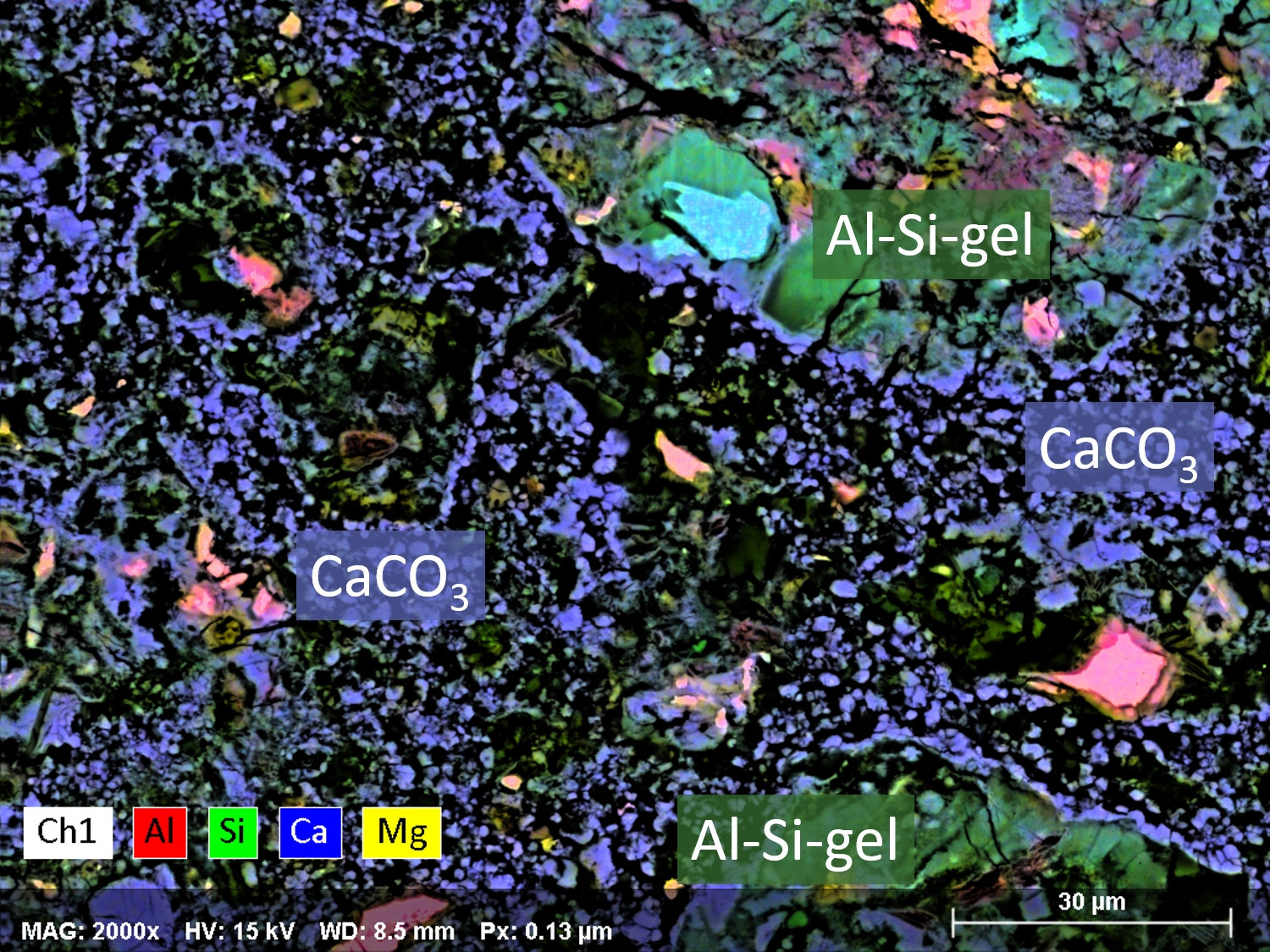CO2 mineralization of demolished concrete wastes into a supplementary cementitious material – a new CCU approach for the cement industry
DOI:
https://doi.org/10.21809/rilemtechlett.2021.141Keywords:
Recycling; Circular Economy; Carbonation, Supplementary Cementous Material; Carbon neutralityAbstract
This contribution discusses the carbon capture and utilization (CCU) approach based on CO2 mineralization of cement paste from recycled concrete as new approach to capture CO2 and significantly contribute to the reduction in CO2 emissions associated with cement production. The current literature suggests that all CO2 released from the decomposition of limestone during clinker production can be sequestered by carbonation of the end-of-life cement paste. This carbonation can be achieved in a few hours at ambient temperature and pressure and with a relatively low CO2 concentration (< 10 %) in the gas. The carbonation of cement paste produces calcite and an amorphous alumina-silica gel, the latter being a pozzolanic material that can be utilized as a supplementary cementitious material. The pozzolanic reaction of the alumina-silica gel is very rapid as a result of its high specific surface and amorphous structure. Thus, composite cements containing carbonated cement paste are characterized by a rapid strength gain. The successful implementation of this CCU approach relies also on improved concrete recycling techniques and methods currently under development to separate out the cement paste fines and such. Full concrete recycling will further improve the circular utilization of cement and concrete by using recycled aggregates instead of natural deposits of aggregates. Although the feasibility of the process has already been demonstrated at the industrial scale, there are still several open questions related to optimum carbonation conditions and the performance of carbonated material in novel composite cements.

Downloads
Published
How to Cite
Issue
Section
License
Authors retain copyright of the articles published in RILEM Technical Letters and grant the journal the right of first publication with open access. The work is simultaneously licensed under Creative Commons Attribution 4.0 International License (CC BY 4.0) that allows others to share and adapt the work under the following terms: 1) a proper attribution is given in a form of bibliographic record with the DOI link directing to RILEM Technical Letters; 2) a link to the license is provided; 3) the changes (if any) are indicated.









